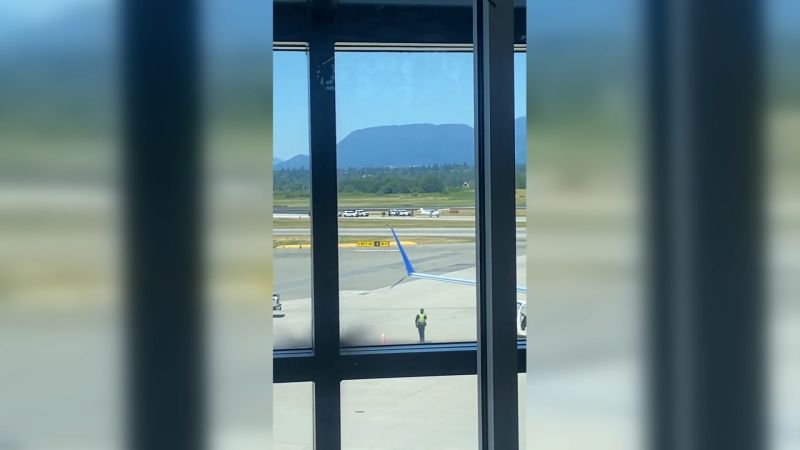Trump Seeks Trade Deal with China During Asia Tour, Meets Japan’s Takaichi

President Donald Trump arrived in Japan on March 4, 2024, as part of his Asian tour, where he aims to strengthen business ties and resolve trade tensions. Upon his arrival, he expressed optimism about finalizing a trade agreement with China before returning to Washington. This visit also marks an important diplomatic moment as Sanae Takaichi, Japan’s new Prime Minister, seeks to cultivate a positive relationship with the U.S. leader.
During his flight to Tokyo, Trump addressed reporters, emphasizing the significance of the “great friendship” between the United States and Japan. He praised Takaichi, stating, “I hear phenomenal things about her,” and highlighted her connection with former Prime Minister Shinzo Abe, with whom he maintained a strong rapport during his previous term. Trump’s only scheduled event on the day of his arrival was a meeting with Emperor Naruhito at the Imperial Palace, a traditional diplomatic gesture.
Trump’s Asia Tour Highlights Trade Focus
Trump’s tour, which began in Malaysia, included participation in a regional summit where he announced preliminary trade agreements with Malaysia, Thailand, Cambodia, and Vietnam. He reiterated his expectation of reaching a trade deal with China, following discussions that have reportedly led to an initial consensus between U.S. and Chinese officials. “I have a lot of respect for President Xi,” Trump commented, expressing confidence that an agreement would be reached during a high-stakes meeting scheduled later that week.
U.S. Treasury Secretary Scott Bessent indicated that a deal concerning the social media platform TikTok, initially announced the previous month, was expected to be finalized by Thursday during the Trump-Xi meeting. This development reflects the ongoing negotiations surrounding technology and trade.
A Potential Meeting with North Korea’s Kim Jong Un
In addition to trade discussions, Trump indicated a willingness to extend his trip to South Korea should an opportunity arise to meet with North Korean leader Kim Jong Un. Trump mentioned that if Kim is interested in a conversation, he would be available in South Korea, the final stop of his tour before returning to the United States. Despite previous engagement efforts, Kim has not responded to Trump’s overtures.
During a press briefing on Air Force One, Trump dismissed suggestions of running for vice president to regain the presidency, stating, “It’s too cute.” While he acknowledged the potential of other Republican candidates, he expressed uncertainty about their prospects against figures like Marco Rubio and J.D. Vance.
Trade and Security Issues in the Region
The Asia-Pacific region continues to face numerous security challenges, including issues related to the South China Sea and the status of Taiwan. Trump’s administration has primarily focused on trade, advocating for an “America First” approach that often relies on tariffs. While he has used tariffs as a tool to promote domestic manufacturing and negotiate favorable trade terms, his unilateral authority to impose these tariffs remains under scrutiny, with a Supreme Court decision pending that could clarify his powers.
Trump’s visit to Tokyo follows his attendance at the annual summit of the Association of Southeast Asian Nations in Malaysia, where he played a role in facilitating a ceasefire agreement between Thailand and Cambodia. His administration leveraged trade negotiations to encourage both nations to reach an accord.
As Trump navigates complex diplomatic waters during this tour, the outcomes of his meetings with Takaichi and Xi will significantly impact the future of U.S.-China trade relations and regional stability.






